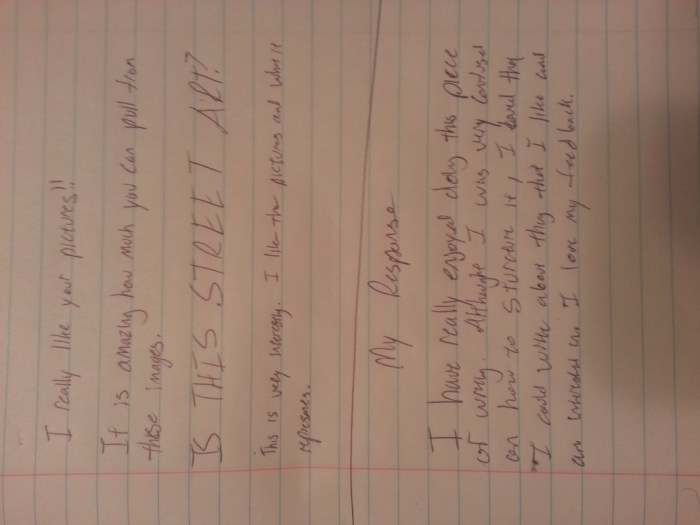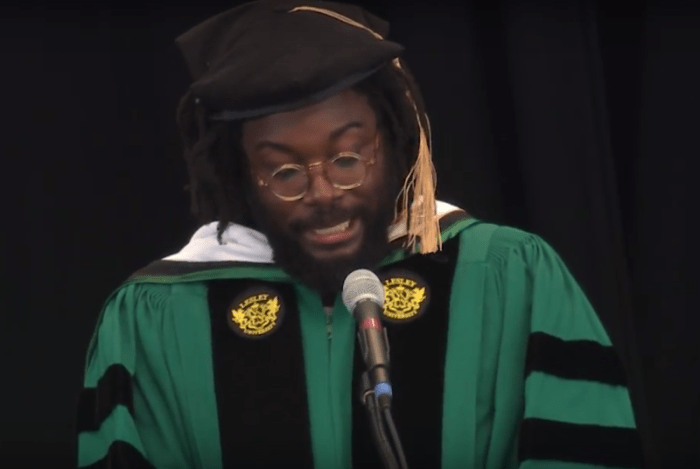Rhetorical analysis jason reynolds lesley university speech – This analysis delves into the rhetorical strategies employed by Jason Reynolds in his impactful speech at Lesley University. Reynolds’ masterful use of language and persuasive techniques captivates the audience, effectively conveying his message and inspiring action.
Through a comprehensive examination of Reynolds’ rhetorical devices, audience engagement, argument structure, and tone, this analysis sheds light on the intricacies of his speech and its profound impact on listeners.
Introduction
Rhetorical analysis is the study of how language is used to persuade, inform, or entertain. It is a critical skill for understanding the world around us, as we are constantly bombarded with messages from all sides. Jason Reynolds’ speech at Lesley University is a powerful example of rhetorical analysis, as he uses a variety of rhetorical devices to connect with his audience and make his point.
Rhetorical Strategies
Reynolds uses a variety of rhetorical devices in his speech, including metaphors, similes, and anecdotes. These devices help him to make his points more vivid and memorable, and to connect with his audience on an emotional level. For example, he uses the metaphor of a “shipwreck” to describe the state of education in America, and he uses the simile of a “fire” to describe the passion that teachers need to have for their work.
These devices help Reynolds to make his speech more engaging and persuasive. They also help him to build a rapport with his audience, as they can see that he is passionate about his subject and that he cares about them.
Audience Engagement
Reynolds uses a variety of techniques to engage his audience, including storytelling and personal anecdotes. These techniques help him to connect with his audience on an emotional level and to make his points more relatable. For example, he tells the story of a student who was struggling in school, but who was able to turn things around with the help of a dedicated teacher.
This story helps Reynolds to make his point that all students can succeed, if they have the right support.
Reynolds also uses personal anecdotes to connect with his audience. He talks about his own experiences as a student and as a teacher, and he shares his own struggles and triumphs. This helps his audience to see that he is a real person, and that he understands the challenges that they face.
Argument Structure: Rhetorical Analysis Jason Reynolds Lesley University Speech
The main argument of Reynolds’ speech is that education is in a state of crisis, and that we need to do something to fix it. He supports this argument with a variety of evidence, including statistics about the state of education in America and stories about students who have been failed by the system.
He also offers a number of solutions to the problems that he identifies, such as increasing funding for education and providing more support for teachers.
Reynolds’ speech is well-organized and structured, and he uses a variety of rhetorical devices to build a compelling case for his argument. He begins by introducing the problem, then he provides evidence to support his claims, and finally he offers a number of solutions.
This structure helps to keep his audience engaged and to make his points more persuasive.
Tone and Style

The tone of Reynolds’ speech is passionate and urgent. He is clearly angry about the state of education in America, and he is determined to do something to fix it. His style is conversational and engaging, and he uses a variety of rhetorical devices to keep his audience interested.
Reynolds’ diction is simple and straightforward, and he uses short, clear sentences. This helps to make his speech easy to understand and to follow. He also uses a variety of rhetorical devices, such as metaphors, similes, and anecdotes, to make his points more vivid and memorable.
Call to Action

Reynolds ends his speech with a call to action. He urges his audience to get involved in the fight to improve education. He asks them to volunteer their time, to donate money, and to speak out about the importance of education.
He believes that if we all work together, we can make a difference.
Reynolds’ call to action is powerful and inspiring. He leaves his audience with a sense of hope and urgency. He makes it clear that we all have a role to play in improving education, and that we all have a responsibility to do our part.
FAQ Section
What is the main argument of Reynolds’ speech?
Reynolds argues that education is a powerful tool for social justice and that we must invest in our youth to create a more equitable society.
How does Reynolds engage the audience?
Reynolds uses personal anecdotes, storytelling, and humor to connect with the audience on an emotional level. He also employs rhetorical questions and direct address to engage the audience intellectually.